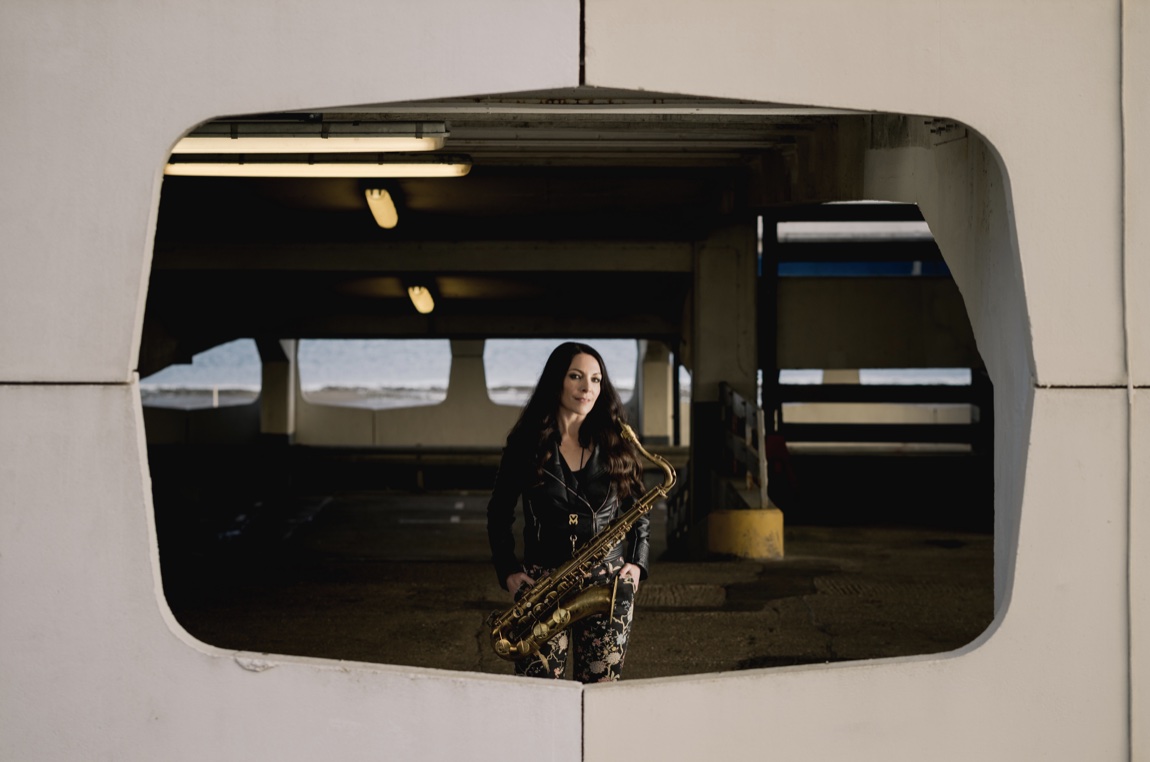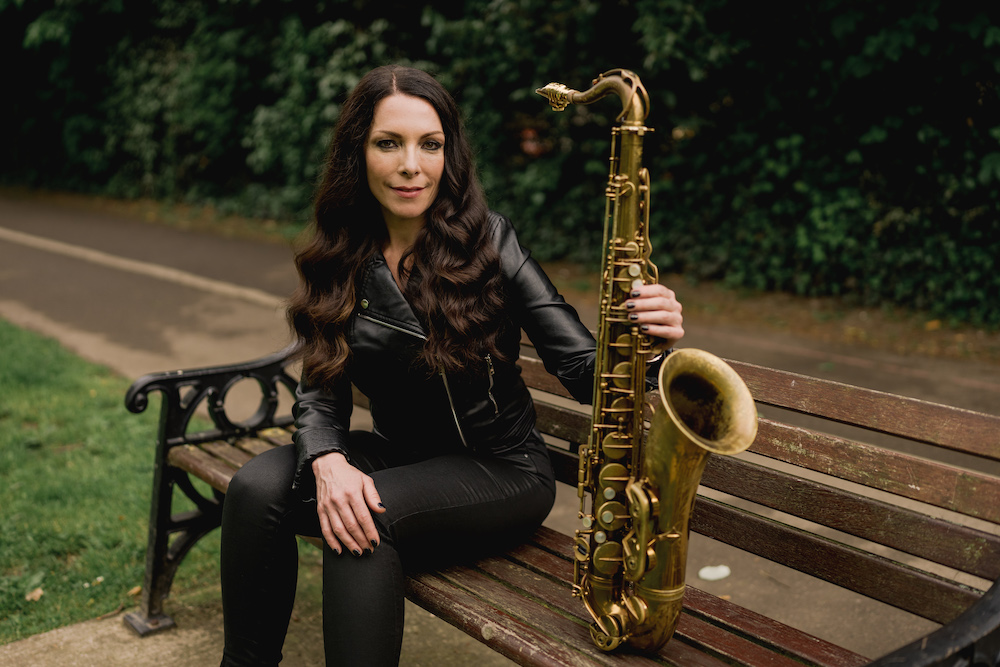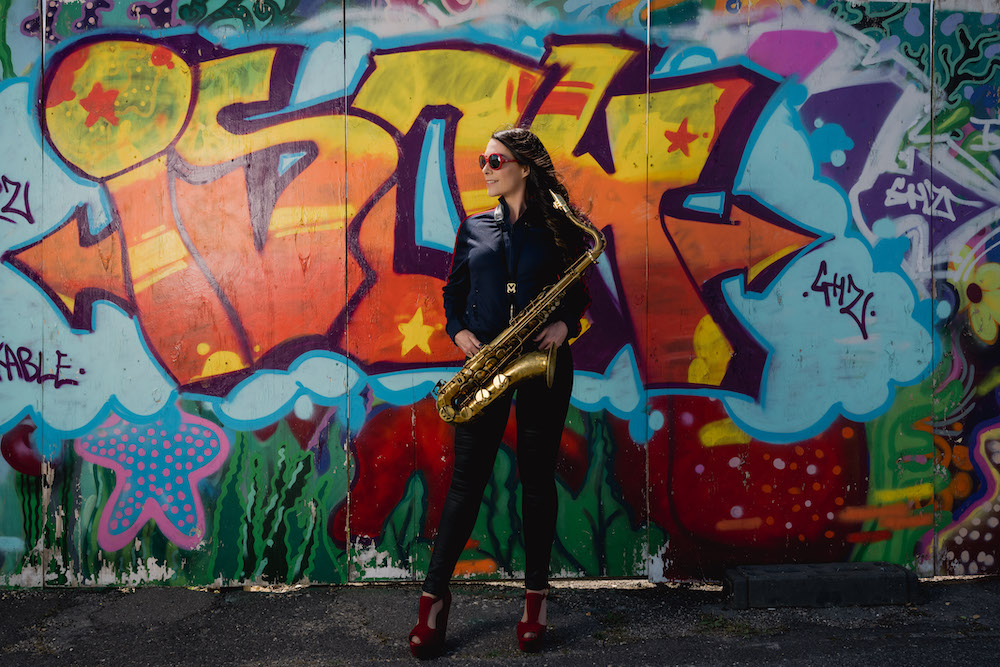Music streaming services were created as a way to combat piracy. And it worked. But while it protects the profit stream of record labels and the biggest names in pop music, it’s hurting the vast majority of artists.
But the problems are deeper than money (although there are plenty of problems with the money), and the solutions to the problem are few and far between.
Let’s figure out why.
Where Streaming Music Came From

If you listen to a lot of music, you probably subscribe to (at least one) music streaming service. Spotify, Apple Music, YouTube Music, Pandora — there are plenty of options.
They all promise infinite access to the world of music. And they make it incredibly easy. Just search up an artist, and it seems like everything they ever recorded appears right before you.
You can make playlists, and the all-knowing algorithm will even make curated playlists for you, mixing in old favourites with new music you’ll probably like from artists you’ve never heard of.
These positive features helped streaming services overcome the challenges of piracy. In the late 90s and early 00s, platforms like Napster and later Limewire were the most convenient way to listen to music. I mean, you could turn on the radio, but these programs let you pick the songs you listened to.
Imagine how much this changed your experience of getting your hands on music. You didn’t have to go to a store to buy a physical copy of an album. All you had to do was go to your computer, dial onto the internet, open up Napster, search for a song, and download it.
Now in those days, even a super-compressed MP3 file might take a long time to download — but it was free! For just a little bit of patience, you could have all the music you’d ever want.
And if you were really fancy, you had a CD burner. Now you could make the Y2K version of a mixtape and carry it around with you.
It seems like there would be no way for record labels to fight this challenge. But they did. The first way was through extremely punitive laws that they lobbied for. And the next way was to beat Napster and Limewire at their own game.
They helped build platforms that were faster, more convenient, and relatively cheap. For less than the cost of one CD a month, you could have access to an enormous library of music.

It wasn’t free but it might as well be. Plus, the music files are in high quality, there are no worries that the song you are downloading is really a computer virus, and the addition of predictive algorithms really are a benefit to users.
For record labels it didn’t just mean recovering revenue, it meant increasing it and making it higher quality. See, while a few people used to buy a lot of CDs, most people only bought a few a year. Now, millions and millions are spending $10 a month. That’s a lot of money — but it is also consistent, predictable, reliable revenue.
To imagine just how successful this solution has been, consider this: in 2021, streaming made more revenue than the entire music industry made in each year from 2009 to 2016.
As probably no one predicted at the height of internet piracy, the music industry (not famous for being open minded) were able to take an existential threat and turn it into the ultimate learning experience. The result was a system that works better for them and their customers.
They only forgot about one tiny little detail in this master plan: paying artists for their work.
How Much Do Artists Get Paid Per Stream?

This is difficult to calculate in exact terms, but it is fairly accurate to say that artists get paid virtually nothing.
Let’s take the behemoth Spotify as an example. You pay $10 a month, and a chunk of that (about $3) goes to keeping the service up and running: paying employees, advertising, running promotions, etc. That next $7 goes to the labels, songwriters, artists, and other people who own some rights to the songs you listen to.
Now, you might think the artist would see a lot of that 70% share, but you would be mistaken. The music industry has a long history of offering bad contracts to musicians.
If users listened to one song a month, that wouldn’t be catastrophic. But if you actually like music, you’ll probably check out more songs than that.
And so, the slice of the pie going to the artist is down to crumbs. Just how much does Spotify pay per stream? It’s estimated that an artist gets about £0.0032 (or $0.004) per stream on Spotify.
That number can go up and down based on a lot of factors, but that’s the average.
Let Them Eat Cake

The problem gets bigger when you start to see the way this system divides artists. Because after all, if every musician was getting a bad deal, a little bit of solidarity could make things change.
There are a small group of artists who make over a million a year in streaming. And those people are, unsurprisingly, the pop elite. These are artists getting tens of millions of listens (or more) every month.
But the vast majority never see that kind of payoff, and many artists who have a large following still don’t get great streaming numbers.
Why is that?
To paint with a broad brush for a second, different genres cultivate (broadly speaking) different audiences with different listening habits. An adolescent who is obsessed with a pop star might obsessively stream their latest hit over and over again. That nets the artist a much larger chunk of that $10 subscription.
Meanwhile, a jazz musician might have an audience with a much more eclectic palette. These are listeners with many musical interests and artists they appreciate, spreading their $10 over a much wider number of tracks.
Neither style of listening is better or worse. Whatever music you love and however you like to listen to it — enjoy yourself! But the system in place is going to benefit some artists over others, given this difference.

This difference is exacerbated because pop stars simply have more listeners in general, and those listeners tend to have fewer tracks in rotation. Those greater listens also have implications for the algorithm, which keeps feeding more successful artists into playlists. Depending on where you stand, it’s a vicious or virtuous circle.
In the end, that means that streaming services are helping the richest musicians get richer. Which is great, if you are among the richest musicians.
This has created a divide where a small number of musicians are happy with streaming the way it is, while the large majority are being exploited. Though, many in this second group see streaming platforms as a necessary evil, incapable of change.
Still others are doing something about it, and they’ve even been helped by larger profile artists. The #DeleteSpotify movement began with Neil Young pulling his music to protest against content released by Joe Rogan (a celebrity podcaster who was paid $200 million to post exclusively on the platform).
Other major musicians have pulled out, not due to overpaid podcasters but due to the unfair payment practices of the streaming giant. Some of these names, like Taylor Swift, eventually found their way back to these platforms after pressure from fans.
This split in the opinion of musicians makes it difficult, and yet even with the biggest names in the industry coming out against streaming (like Taylor Swift in the mid 10s), we’ve only seen these services grow.
It Goes Deeper Than Money

The thing is, you don’t have to be against streaming services as an idea to be against the way they are currently run.
But even if we just look at how people listen to music now, we can see that streaming presents problems that go beyond money.
Streaming emphasises listening to playlists. This is how you discover new music through the algorithm, and it’s how you can make a go-to soundtrack for any given mood you are in.
There is nothing wrong with playlists in general, but now that this is the way we listen to music the vast majority of the time, problems do start to come up.
That’s because playlists emphasise hits (“bangers,” if you will).
Everyone loves a song built to quickly give you a predictable build up and the satisfaction of a memorable hook multiple times in three minutes. But what happens when that becomes the only kind of music we listen to?
Just a few short decades ago when you purchased CDs, cassettes, or vinyl albums, the hits that made you aware of an artist led you to many other kinds of songs they created. And the album presented a storytelling form that led to many interesting ideas.
But we now live at a time when almost everyone is only listening to the kinds of tracks that become singles. And that reduces the variety of musical experiences we are exposed to.
If you ever bought a physical album in any form, you probably have the memory of listening to it and slowly, over time, falling in love with tracks that you never would have paid attention to if they weren’t connected to the single. This form of packaging music gives listeners and artists the chance to widen their horizons.
Now, as artists compete with the oceans of content streamable at any moment of the day, success means focusing on producing hit after hit. There’s less time and attention to make subtler, more exploratory music.
Even if you don’t make pop, you still have to make something that grabs people’s attention against all odds. It’s undermining the focus of the listener, which in the long run erodes some of the greatest joys that music provides us.
Is There a Better Streaming Service?

As we’ve seen, streaming services as they exist were created to stop the bleeding caused by internet piracy. These had destroyed the profits of record labels, and the industry realised it had to change to survive.
Extremely punitive laws weren’t enough. They needed a way to do what piracy did, only better. Improved internet speeds and the rise of MP3 players and later smartphones gave them the technical foundation to build a new way to make money.
By learning from the very thing that was destroying them, record labels were able to create an alternative that people were willing to pay money for. And this set them on a course to start raking in record profits.
But this has now created a new problem. Musicians are now the ones who need to stop the bleeding. We are now the ones who need to learn from the success of streaming services to make our own solution.
If we do make a better streaming service — one that pays artists more — it might even solve the split of opinion among musicians. After all, if there was a platform where you made more money as a member of the pop elite, why not go on there? The interest they would add to this alternative would bring more ears and boost notoriety. A win-win.
Yet the question remains, is the solution just Spotify but with better pay per stream rates?
Jay-Z’s TIDAL, which claims to pay out four times the average pay per stream, tries to do this. And with their majority-ownership by Square (the popular point-of-sale platform), artists can expect to easily sell merchandise on the platform.
That isn’t quite the solution, because it will still end up putting artists in an all out push for listeners, gradually ending all music except tracks trying to be the next viral sensation.
Other platforms, like Bandcamp, are free to use and give artists a lot of control. They can limit the amount of free streams for their tracks and sell music and merchandise directly on the platform. While this is great, its popular appeal still remains limited.
But in the meantime — before we’ve figured out the next big idea that revolutionises how people listen to music — more money sure doesn’t hurt.








